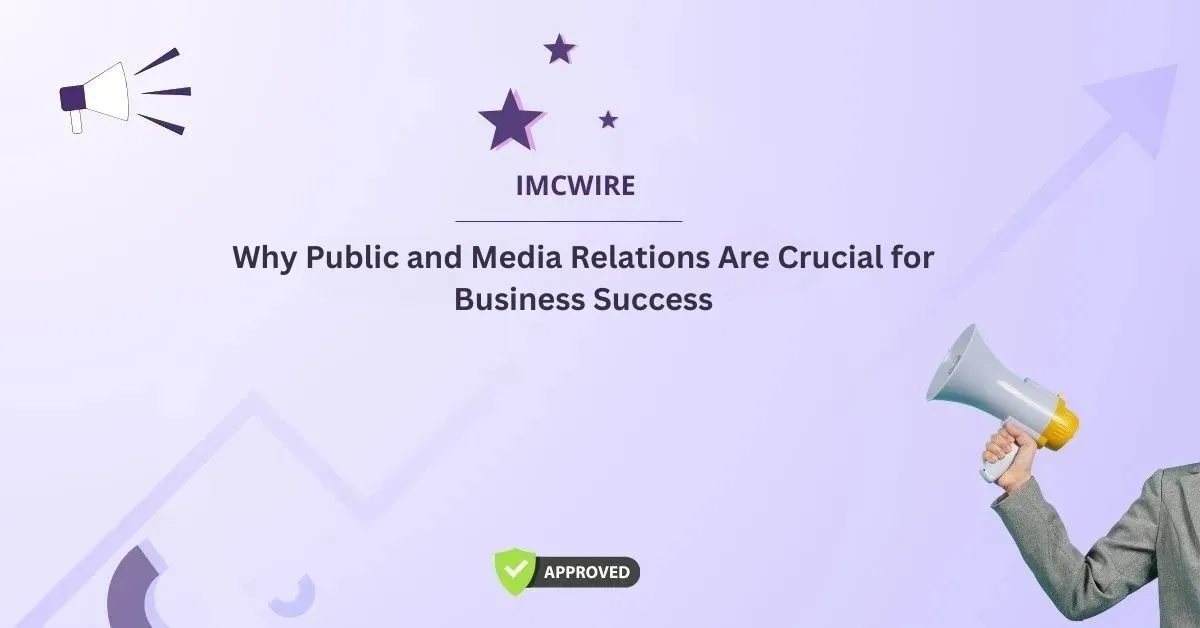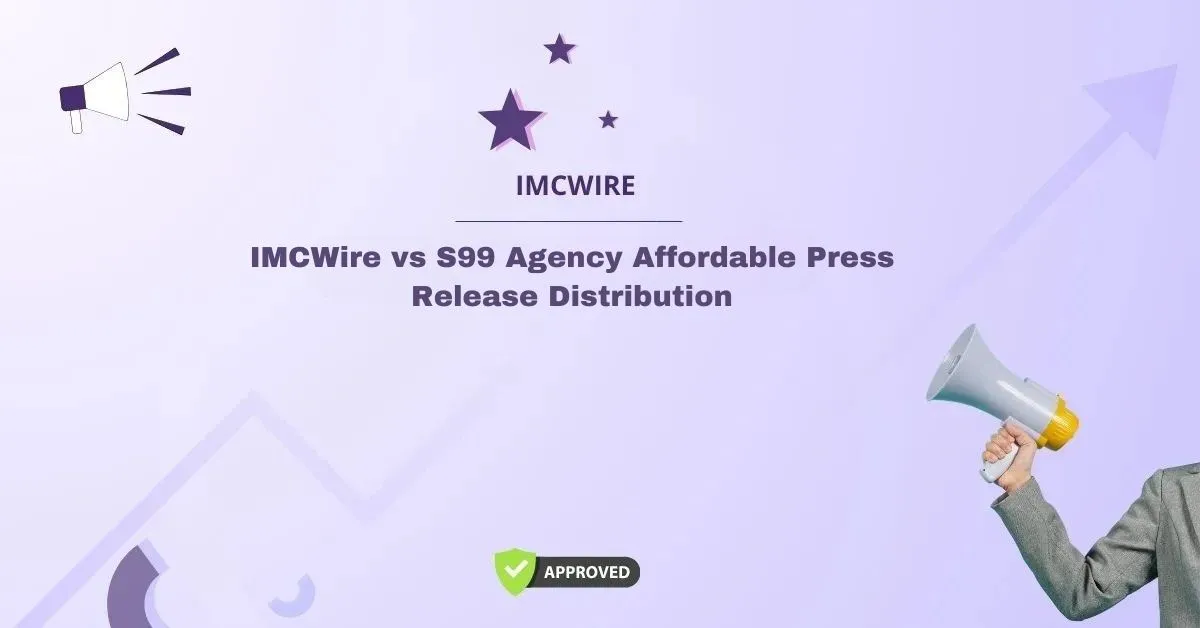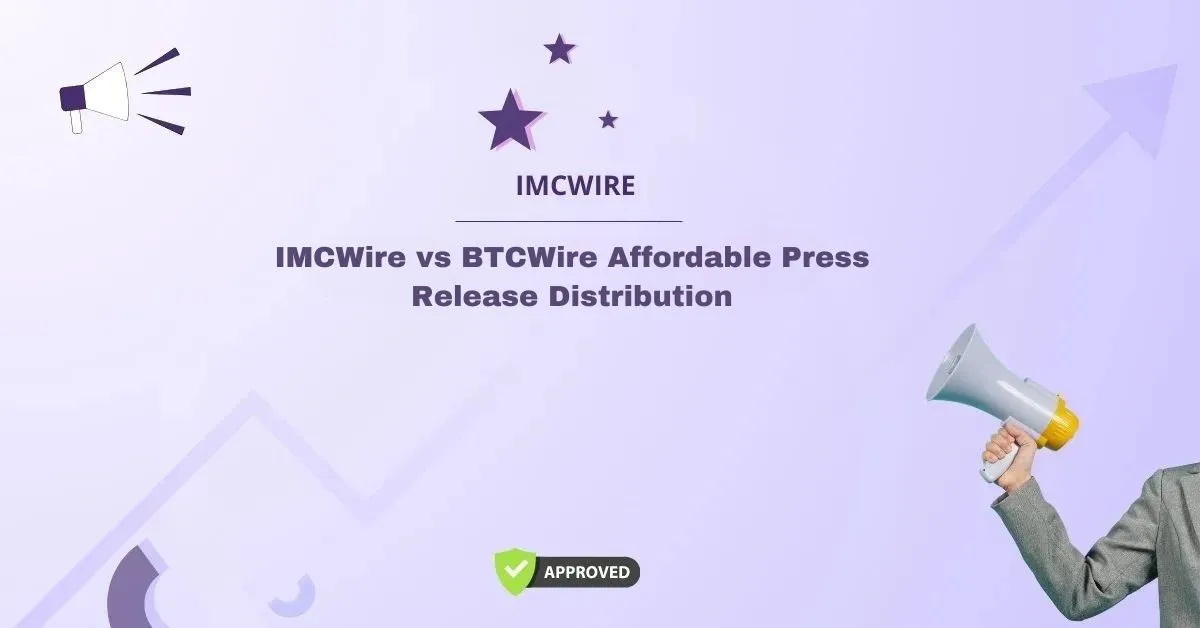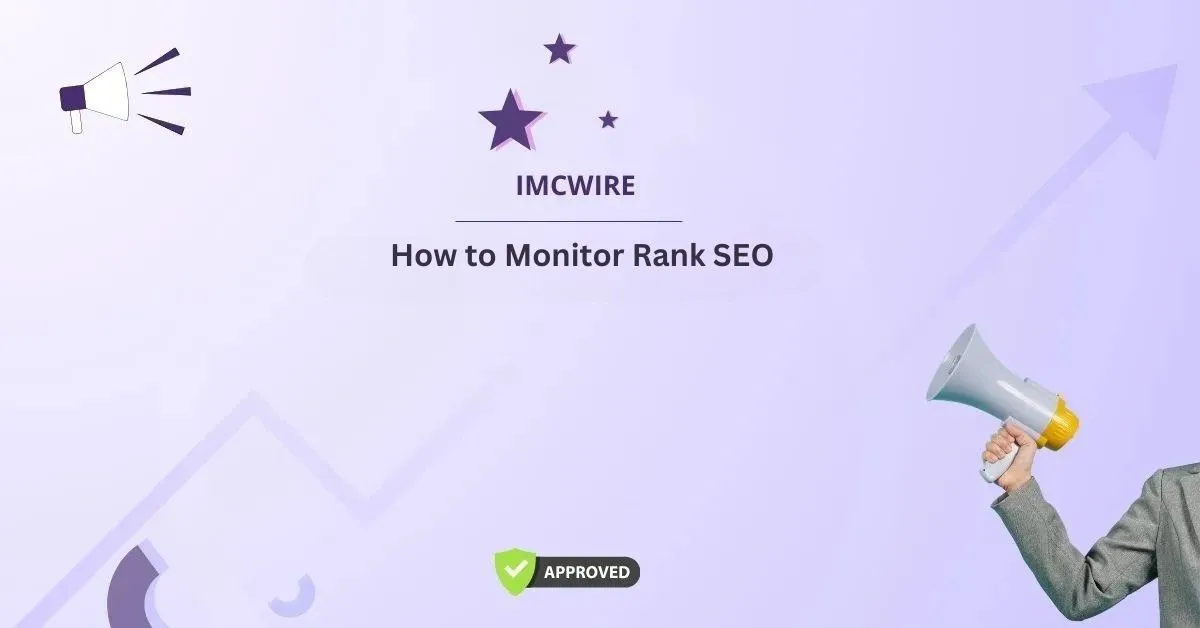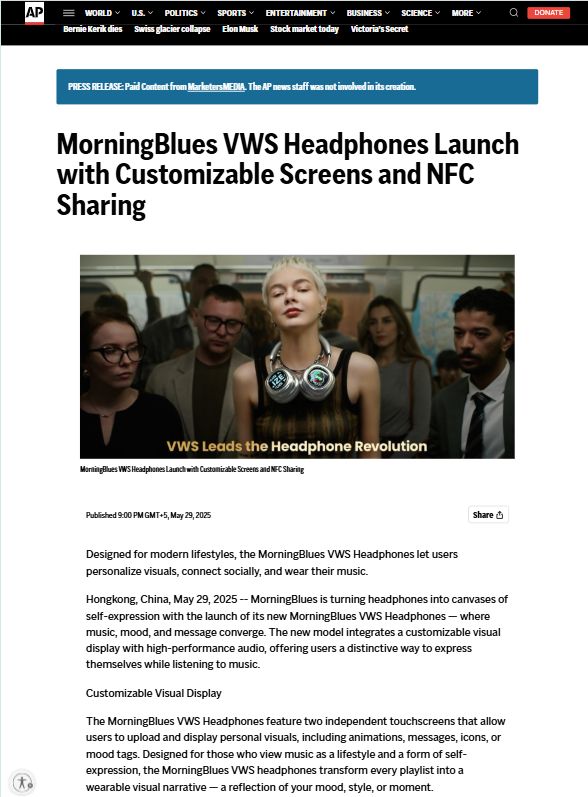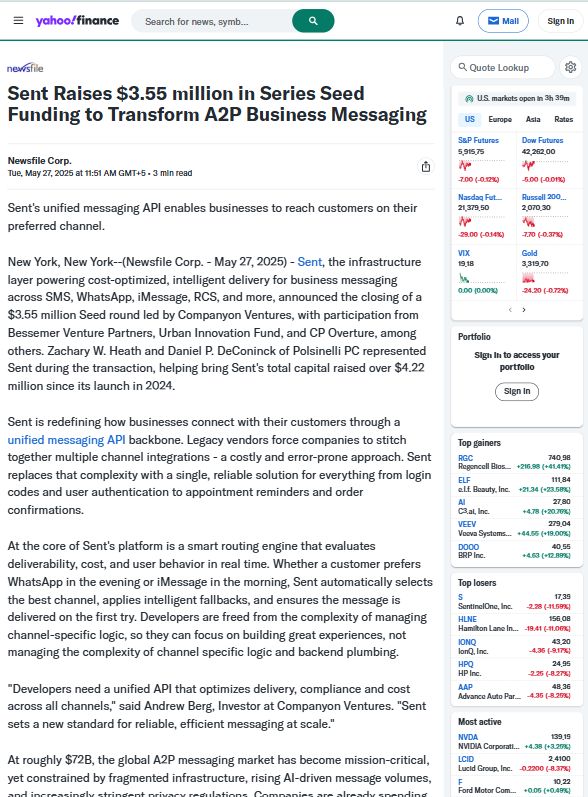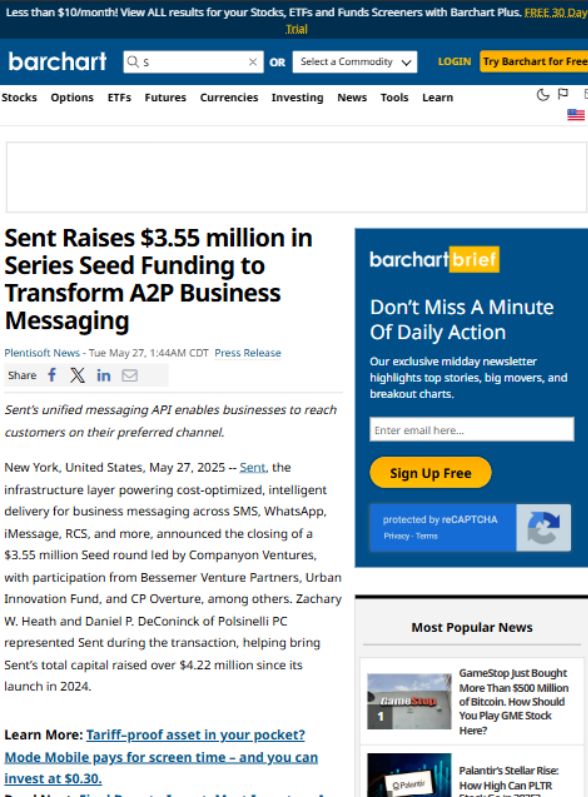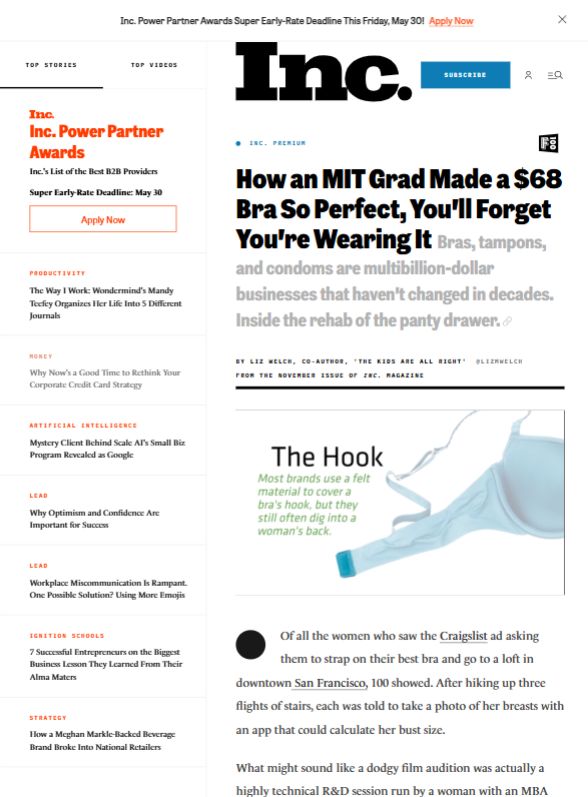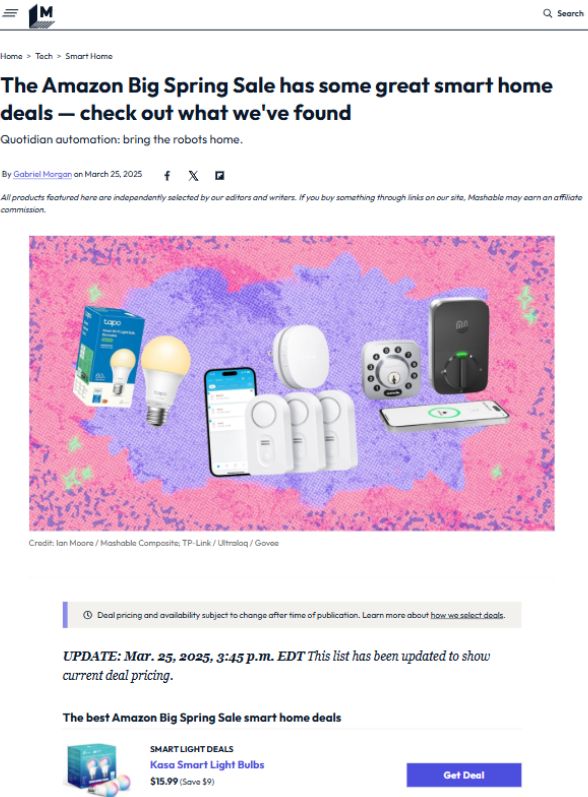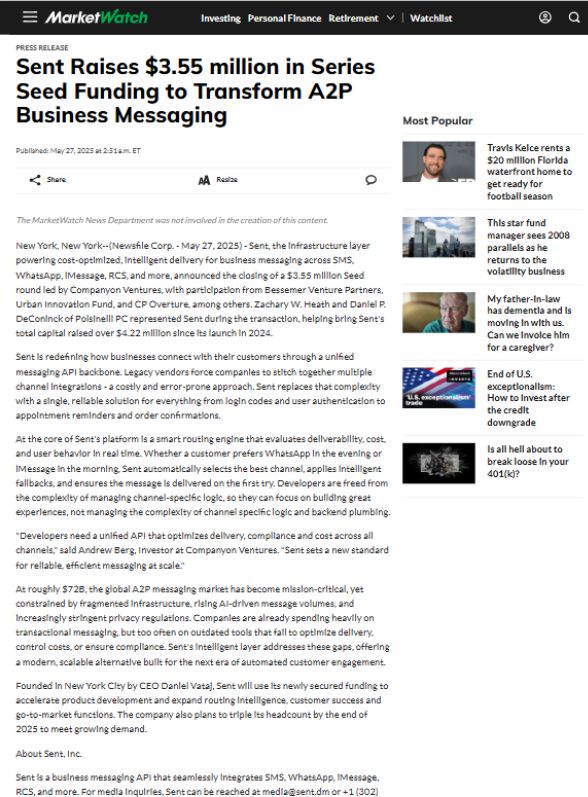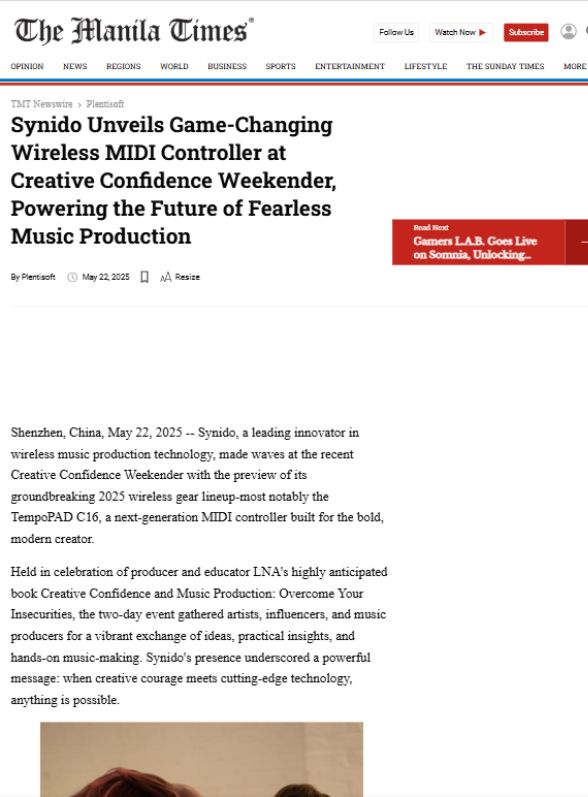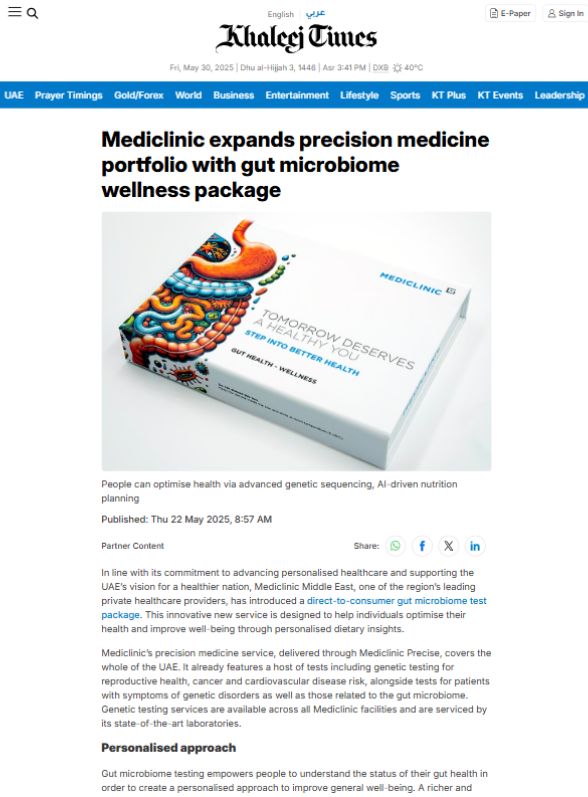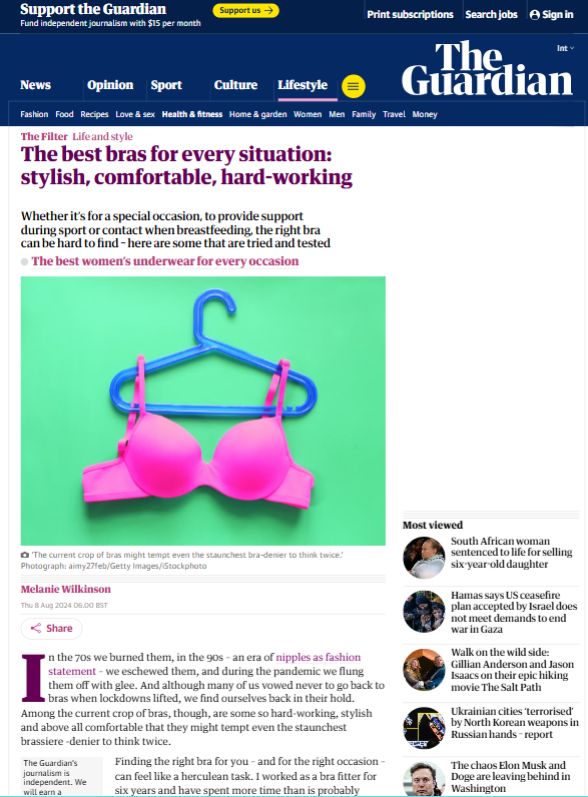In today’s hyper-connected digital age, the way businesses communicate with the public has become more vital than ever. Every successful brand understands the importance of cultivating a positive image, managing its reputation, and engaging with target audiences. This is where public and media relations play a pivotal role. These two powerful disciplines within integrated marketing communication (IMC) are essential for building brand credibility, gaining trust, and driving long-term growth.
This article explores the scope, significance, and strategic implementation of public and media relations, especially for organizations seeking to amplify their voice in a competitive marketplace.
Table of Contents
Understanding Public and Media Relations
Public relations (PR) refers to the strategic communication process that builds mutually beneficial relationships between organizations and their publics. This includes customers, employees, investors, media, government, and the general public. PR professionals craft narratives and manage communications to shape public perception and promote brand values.
Media relations, a critical subset of PR, focuses specifically on the relationship between the organization and the media. It involves working with journalists, editors, bloggers, and media outlets to share information, secure coverage, and manage press inquiries.
Though distinct in practice, public and media relations work in tandem to influence public opinion, manage crises, and support marketing and communication goals.
Why Public and Media Relations Matter
Building trust is no longer a luxury—it’s a necessity. Consumers are increasingly skeptical of traditional advertising and seek authentic, relatable, and transparent brand messaging. Public and media relations serve as credible tools for establishing authenticity and enhancing brand reputation.
Here are key reasons why public and media relations are indispensable:
1. Enhancing Brand Visibility
Through press releases, media interviews, and thought leadership content, businesses can consistently position themselves in front of their target audience. Media mentions not only increase brand exposure but also lend credibility that advertising can’t achieve on its own.
2. Managing Reputation
Every business faces reputational risks—from negative reviews to unforeseen crises. Effective public and media relations help organizations respond swiftly and strategically, mitigating damage and restoring public trust.
3. Building Thought Leadership
By positioning executives or key personnel as industry experts, organizations can drive meaningful conversations in the media. Thought leadership articles, opinion pieces, and interviews help establish authority and influence within a niche.
4. Supporting Marketing Efforts
When aligned with marketing campaigns, PR amplifies brand messaging. Integrated strategies that combine advertising, social media, and public and media relations offer higher ROI and greater brand recall.
5. Influencing Public Perception
Strategic storytelling, consistent messaging, and positive media coverage shape how the public perceives a brand. Over time, this leads to increased customer loyalty, investor confidence, and employee engagement.
Core Components of Public and Media Relations Strategy
To harness the full potential of public and media relations, organizations must adopt a well-structured strategy. Below are some of the essential components:
Audience Research and Segmentation
Knowing your audience is the cornerstone of effective communication. Organizations must identify stakeholders, understand their preferences, and tailor messages accordingly. Segmenting audiences—such as customers, media, regulators, and community groups—ensures that communication is relevant and impactful.
Message Development
Developing clear, compelling, and consistent messages is crucial. Key messages should align with organizational values and resonate with the target audience. They must also be adaptable across platforms, whether it’s a press release, social media post, or CEO interview.
Media Outreach
Building and maintaining strong relationships with journalists and media professionals is fundamental. Media outreach involves crafting pitches, distributing press releases, and providing timely information. Personalization is key—generic pitches often get ignored.
Content Creation
From press kits to blog articles, whitepapers to infographics, content creation supports the goals of both public and media relations. High-quality content reinforces brand messaging, educates the public, and improves media engagement.
Monitoring and Measurement
Tools like media monitoring software and sentiment analysis help organizations track coverage and evaluate performance. Metrics such as reach, engagement, share of voice, and tone help determine the effectiveness of campaigns and guide future improvements.
Best Practices for Public and Media Relations Success
To truly succeed in public and media relations, organizations must embrace best practices that foster trust, transparency, and long-term partnerships.
Be Proactive, Not Reactive
Don’t wait for a crisis to communicate with the public or the media. Proactive PR builds resilience and positions your brand positively. Anticipate issues, prepare statements, and have a crisis communication plan in place.
Cultivate Media Relationships
Journalists appreciate reliable, informed, and respectful sources. Build genuine relationships by providing valuable information, responding promptly, and respecting editorial boundaries. Over time, this increases your chances of gaining positive media attention.
Consistency is Key
Inconsistencies in messaging can confuse your audience and damage your credibility. Whether it’s a public statement, a social media post, or an internal memo, ensure that all communication aligns with your brand voice and values.
Embrace Digital PR
Digital platforms have transformed the landscape of public and media relations. From influencer partnerships to online newsrooms, leveraging digital tools enhances reach and engagement. Optimize your press materials for SEO and make them easily accessible on your website.
Be Transparent and Accountable
In times of crisis or controversy, transparency goes a long way. Acknowledge issues, take responsibility, and communicate the steps being taken to address concerns. Authenticity strengthens trust and builds goodwill.
The Role of IMCWire in Public and Media Relations
As a trusted press release distribution service, IMCWire plays a crucial role in supporting brands across industries in their public and media relations efforts. With access to premium media outlets, advanced targeting, and real-time analytics, IMCWire helps clients craft impactful stories and deliver them to the right audience at the right time.
By streamlining the press release process and offering strategic consultation, IMCWire empowers businesses to:
- Reach journalists and decision-makers
- Improve brand visibility
- Gain earned media coverage
- Manage reputation effectively
- Integrate PR with marketing efforts
Whether launching a new product, addressing a crisis, or sharing a success story, IMCWire enables brands to communicate confidently and professionally.
Real-World Applications of Public and Media Relations
To illustrate the impact of effective public and media relations, consider the following examples:
Product Launch Campaign
A startup in the tech space used IMCWire to distribute a press release announcing its innovative software. By targeting technology journalists and industry influencers, the campaign secured coverage in top-tier publications. The resulting traffic boost led to increased investor interest and user sign-ups.
Crisis Management Response
A healthcare provider faced scrutiny following a data breach. With the support of its PR team and platforms like IMCWire, the company issued transparent statements, outlined corrective actions, and engaged directly with affected stakeholders. The proactive communication helped contain reputational damage and restore stakeholder trust.
Executive Thought Leadership
A financial services firm elevated its CEO as an industry thought leader through regular media interviews, opinion pieces, and webinar appearances. These efforts positioned the brand as a credible voice in the market and attracted high-value partnerships.
Emerging Trends in Public and Media Relations
As technology and consumer behavior evolve, so do the tools and tactics of public and media relations. Here are key trends shaping the future of the field:
Artificial Intelligence and Automation
AI is streamlining media monitoring, sentiment analysis, and even content creation. PR professionals are leveraging automation to improve accuracy and save time on repetitive tasks.
Data-Driven Storytelling
Audiences respond better to stories backed by data. Brands are increasingly incorporating statistics, infographics, and analytics into their communications to enhance credibility and impact.
Influencer Relations
Influencers, both macro and micro, now play a significant role in shaping public opinion. Collaborating with trusted voices allows brands to reach niche audiences in authentic ways.
Real-Time Communication
With news cycles running 24/7, brands must be prepared to respond in real time. Agile communication strategies ensure timely responses to both opportunities and challenges.
Integrated Campaigns
Silos between marketing, advertising, and PR are disappearing. Integrated campaigns that combine storytelling, media outreach, digital marketing, and analytics yield stronger results.
Final Thoughts
In a world where information travels fast and public opinion shifts rapidly, public and media relations remain essential pillars of strategic communication. They help brands build trust, maintain relevance, and foster meaningful relationships with the public and the press.
Organizations that invest in thoughtful, data-driven, and authentic communication strategies are better equipped to thrive in the face of challenges and opportunities. With partners like IMCWire, businesses can navigate the complex media landscape confidently and effectively.
Whether you’re a startup looking to break into the market or an established enterprise aiming to reinforce your reputation, a solid public and media relations strategy is your gateway to lasting success.

